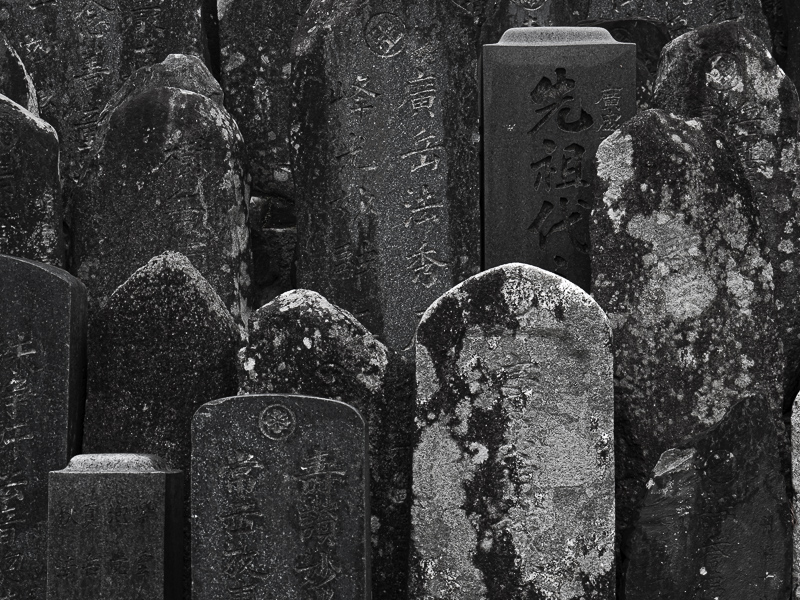Every Picture Is a Compromise
Lessons from the Also-rans
Most photography websites show the photographer's very best work. Wonderful. But that's not the full story of a creative life. If we want to learn, we'd better pay attention to the images that aren't "greatest hits" and see what lessons they have to offer. Every picture is a compromise — the sum of its parts, optical, technical, visual, emotional, and even cosmic – well, maybe not cosmic, but sometimes spiritual. Success on all fronts is rare. It's ok to learn from those that are not our best.
This is a series about my also-rans, some of which I've been able to improve at bit (i.e., "best effort"), none of which I would consider my best. With each there are lessons worth sharing, so I will.
Original digital capturePictures Come from Pictures WeekThis week will see the 1,000th post in this series, so it seems like a good time to scan back — way back — to my beginnings. Each day I'll look at a contact sheet (above) from my film archives and compare it to a more recent image of the same visual idea. There is nothing new under the sun, or as Carl Chiarenza says, "Pictures come from pictures." The contact sheets are all from the mid-1980s or 90s. The revisited images at left are all digital images after 2005. The Backstory:I seem to have quite a number of images from cemeteries. No idea why. Hope it not some Freudian thing. The ones from here in the US are always spaced out in neat lines of headstones or crosses. Not the easiest thing to photograph. In Japan, however, their cemeteries seem to be so much more photogenic — at least to my eye. The one at left was my second attempt. I first photographed this sort of "wall of Japanese grave markers" in 1990, although this one at left was from 2000. I find them wonderfully aesthetic because of their closeness and the fact that the writing is undecipherable to those of us who can't read Japanese. The text becomes a graphic instead of a person. I know this isn't very respectful, but it is more of an aesthetic statement. |


